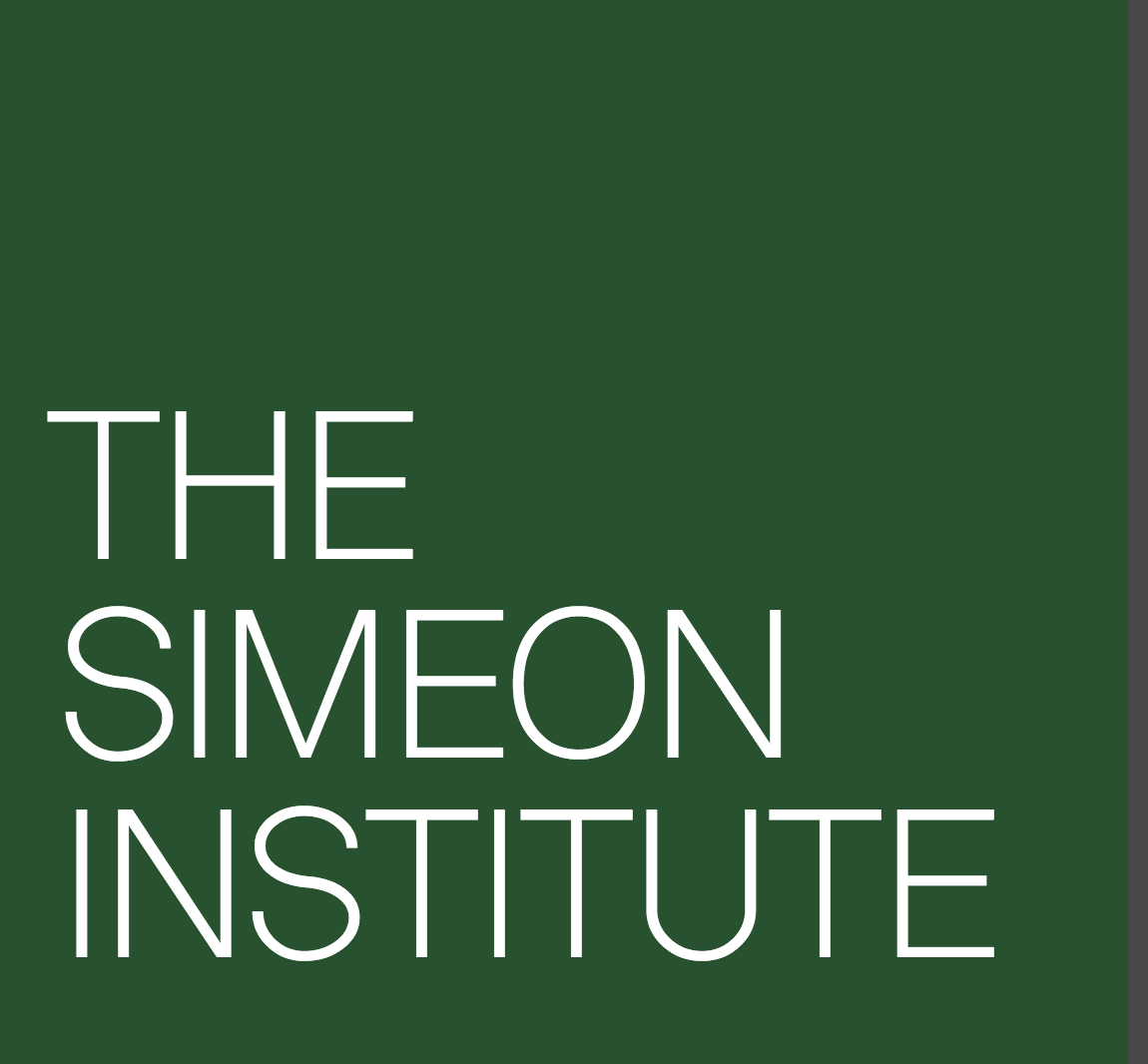3 STEPS TO SUSTAINABILITY LOOPS: THE JESUITS
/Why are we intrigued by the Jesuits? The Jesuits have thrived for nearly 500 years. Surely there is a sustainability loop here somewhere.
Their passion is arresting. Films convey this past in today’s visual culture. The memorable image from The Mission is of the lone naked man, strapped to a wooden cross, dropping over the edge of Brazil’s monumental Iguassu Falls in an endless, slow-motion fall entering a roiling mist of seemingly infinite turbulent water. The pathos of Black Robe echoes this.
Even the elitism of the Jesuits’ rigorously selective membership process appeals to our vanity and yearning to be and to be with the finest. The “few good men” of the Marine Corps pales in comparison. Each selectee would not be accepted unless he promised brilliant leadership, commitment unto death, nobility of spirit and staggering intellectual gifts. (I’m tempted but I’m married and not even a Catholic! Though Loyola's mother's last name was Balda so maybe I'm related...)
In short, the brand is doing well. Obviously, weak and vain men appeared in Jesuit ranks, and some made it to the top. Not all the stories are honorable, and there were real reasons for the suppression of 1773. Not every brother teaching in the local catholic high school is Jeremy Irons. (Though it has been said that the Jesuits are the world’s largest higher education network.)
The basic sustainability pieces are in place: a negative reinforcing loop of perceived problems in contemporary Catholicism pushed Ignatius Loyola to create a balancing loop in the creation of the order. This balancing loop took shape in such a way that it has supported sustainability for these nearly five hundred years of operation.
Some background: at their founding by Loyola, a number of innovations forged their initial culture.
They were:
Out of uniform and wore no habits (though the “black robes” did show up later)
Uncloistered – not hidden away from the world in monasteries or anchorite cells
Non-contemplative – the daily office was not required
Non-ascetic – they did not practice rigourous self-discipline and self-denial
Committed to the so-called “fourth vow” - emphasizing apostolic mission/papal obedience
Not allowed higher office outside the order
Encouraged in unrestricted spiritual activity – there were no parish/pulpit boundaries
Chris Lowney wrote a modern-day management study of this long-lasting organization and identified “four pillars” of the movement – self-awareness, ingenuity, love and heroic deeds. (his terms). I believe these derived momentum drivers could incorporate Lowney’s “pillars” and form the core of the Jesuit sustainability loop:
A BHAG
The nuestro modo de proceder
The examen
Lowney’s “heroic deeds” sounds similar to Jim Collins’ Big Hairy Audacious Goal, framed as a worthy sacrifice for the highly selective group of young men who were eventually admitted to the order over the centuries. This is probably the demand-side driver and therefore the key to continuing momentum. At times, this seems like an almost reckless squandering of brilliant lives. Peter Drucker mentioned the Jesuits often and specifically challenged this lack of focus [1]on results. Yet perhaps the drama of Jesuit martyr stories that built the “brand” and challenged new recruits is the real point.
The nuestro modo de proceder translates as “our way of proceeding”. Perhaps one of the tightest corporate cultures in the history of the world, “our way” includes concepts like “running full speed toward perfection” and “standing with one foot raised”. I’ll further fold in Lowney’s “love” and “ingenuity” (innovation and creativity?) to this set of underlying assumptions that brought order to their task. It might be just another set of values but for its strong action orientation. This makes it a momentum driver. The simple Jesuit idea of magis (more) creates a kind of accelerator within this driver that further spurs to constant movement. Even the psychology of Flow has been used to understand the Jesuit experience.
Tim Van Gelder’s blog restates Loyola’s “spiritual algebra”, which is also a critical component in “our way”:
Identify the issue you need to decide upon, framed as whether to take a proposed action or not
Identify and keep in mind your most important values and objectives.
Cultivate an indifference to the outcome.
List and weigh up the pros and cons of acting in the proposed way, and the pros and cons of not acting.
Determine whether acting has the greater net benefit
Choose what to do based on this determination rather than your gut feeling (“inclination of sense”).
Finally, the examen. Lowney’s “self-awareness” emerges from this, but so does Drucker’s idea of regular performance reviews, external results and the meaningful Outside. This requires at least daily reflections on goals, character, behaviors and outcomes, and constantly ranks activity against impact.
This sustainability loop appears to work with only three drivers, so it meets the elegance test. Obviously organizational sustainability is more complex than simple balancing and reinforcing loops, but they do help envision some of the issues involved.
What’s your favorite sustainable organization? Can you diagram it?
[1]Drucker, 21stcentury p. 165.
tags:
In Crisis, Leadership, Management Tags balancing loop, BHAG, Black Robe, change agent, Chris Lowney, examen, Heroic Leadership, Ignatius Loyola, Isabella Selega Csikszentmihalyi, Jeremy Irons, Jesuits, Peter Drucker, reinforcing loop,sustainability, sustainability loop, sustainable organization, The Mission

